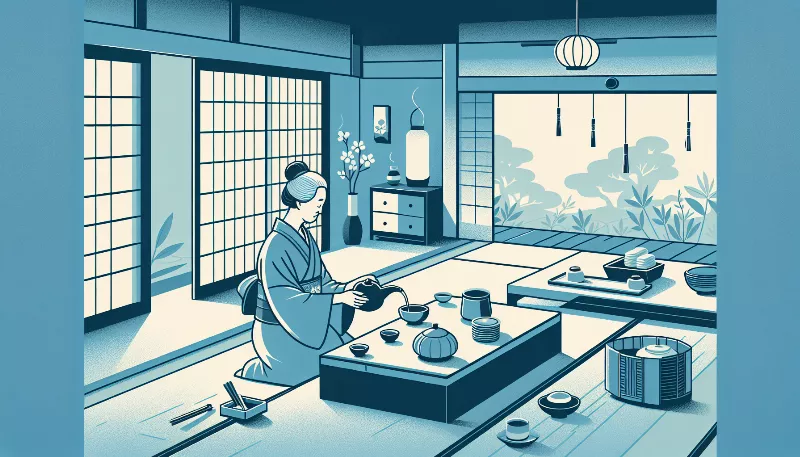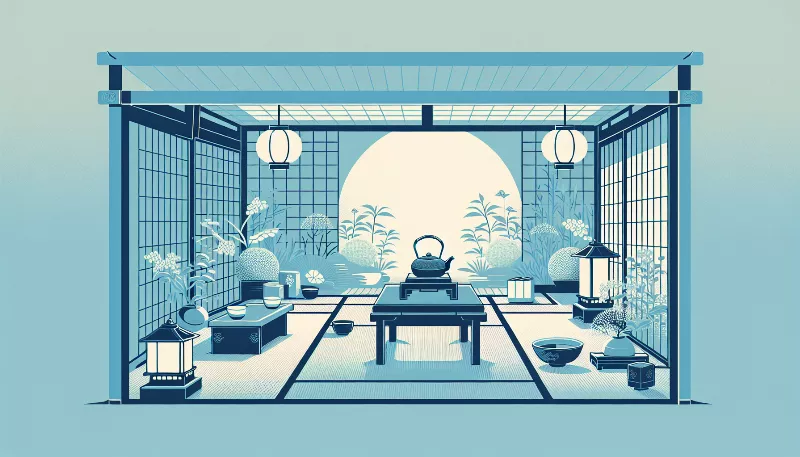Sipping Tradition: Unveiling the Art of the Japanese Tea Ceremony
Explore the elegance of Japan's tea ceremony with our guide. Discover the rituals, history, and serenity in each sip of tradition. Immerse now.

Sipping Tradition: Unveiling the Art of the Japanese Tea Ceremony
Embark on a serene journey through the heart of Japanese culture as we explore the elegant and meditative world of the Japanese tea ceremony. Known in Japan as Chanoyu, Chado, or Sado, this traditional practice is much more than a simple act of drinking tea; it is a spiritual and philosophical experience that embodies harmony, respect, purity, and tranquility.
The Roots of Ritual
The Japanese tea ceremony has its origins in the 9th century when tea was first introduced to Japan from China. Over centuries, it evolved from a pastime of the elite into a profound cultural ritual, influenced by Zen Buddhism and the pursuit of a mindful, aesthetic lifestyle. The tea ceremony celebrates the beauty found in simplicity and the momentary nature of life.
The Setting: A Stage for Tranquility
Every aspect of the tea ceremony is intentional, from the architecture of the tea room to the selection of utensils. The tea room, typically a small, rustic hut known as a chashitsu, is designed to create a sense of peace and intimacy with nature. Guests often enter through a small door, symbolizing the leaving behind of the outside world and one's ego. Inside, the decor is minimalist, featuring seasonal flowers and a hanging scroll that sets the tone for the ceremony.
The Instruments of Harmony
The tea master selects each tool with great care, considering the season, occasion, and guests. Key items include the chawan (tea bowl), chasen (bamboo whisk), chashaku (tea scoop), and the kama (kettle). Each utensil has its role and is treated with utmost respect, often being cleansed in front of guests in a ritual called purification.
The Heart of the Ceremony: Preparing the Tea
The preparation of the tea itself is a choreographed art form. The host gracefully measures the green tea powder, usually matcha, with precision and whisks it with hot water to create a frothy, jade-green elixir. The process is a silent dance, a meditation in motion that invites both the host and guests to be fully present in the moment.
A Shared Experience: The Role of the Guest
Guests play an active role in the tea ceremony, adhering to prescribed gestures and phrases that show appreciation and respect. They are expected to notice and admire the utensils, the preparation, and the setting, understanding that every element is part of a greater story being told through the ceremony.
The Philosophical Brew: Lessons in Every Sip
At its core, the Japanese tea ceremony is a sensory exploration that goes beyond taste. It is a lesson in mindfulness, aesthetics, and ethics. The principles of wa (harmony), kei (respect), sei (purity), and jaku (tranquility) are not only central to the ceremony but also to the way of life it represents. Through the shared experience of tea, participants connect with each other and the natural world, finding beauty in the humble and the everyday.
Conclusion: A Timeless Tradition
The Japanese tea ceremony remains a revered cultural tradition, a testament to the timeless appeal of mindfulness and the joy found in shared moments. As we partake in this ancient art, we sip not just tea, but tradition, and in doing so, we weave the fabric of a practice that continues to resonate through the ages.






